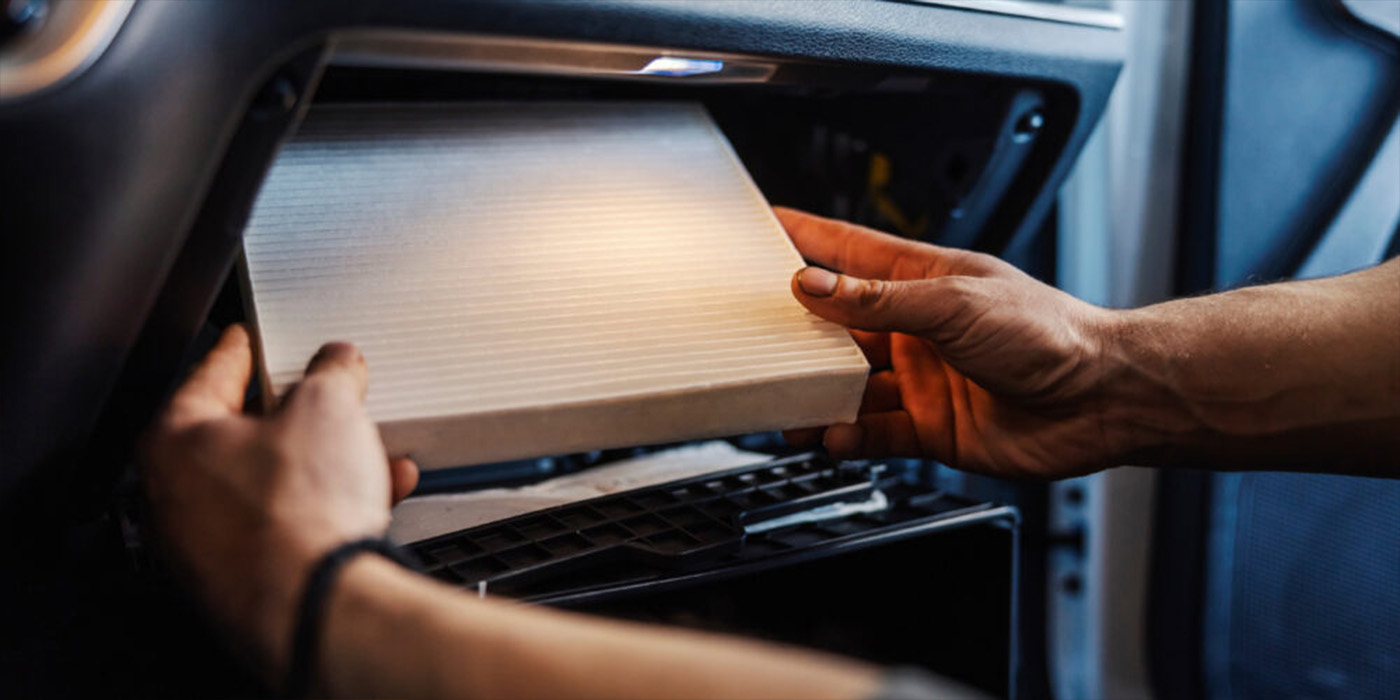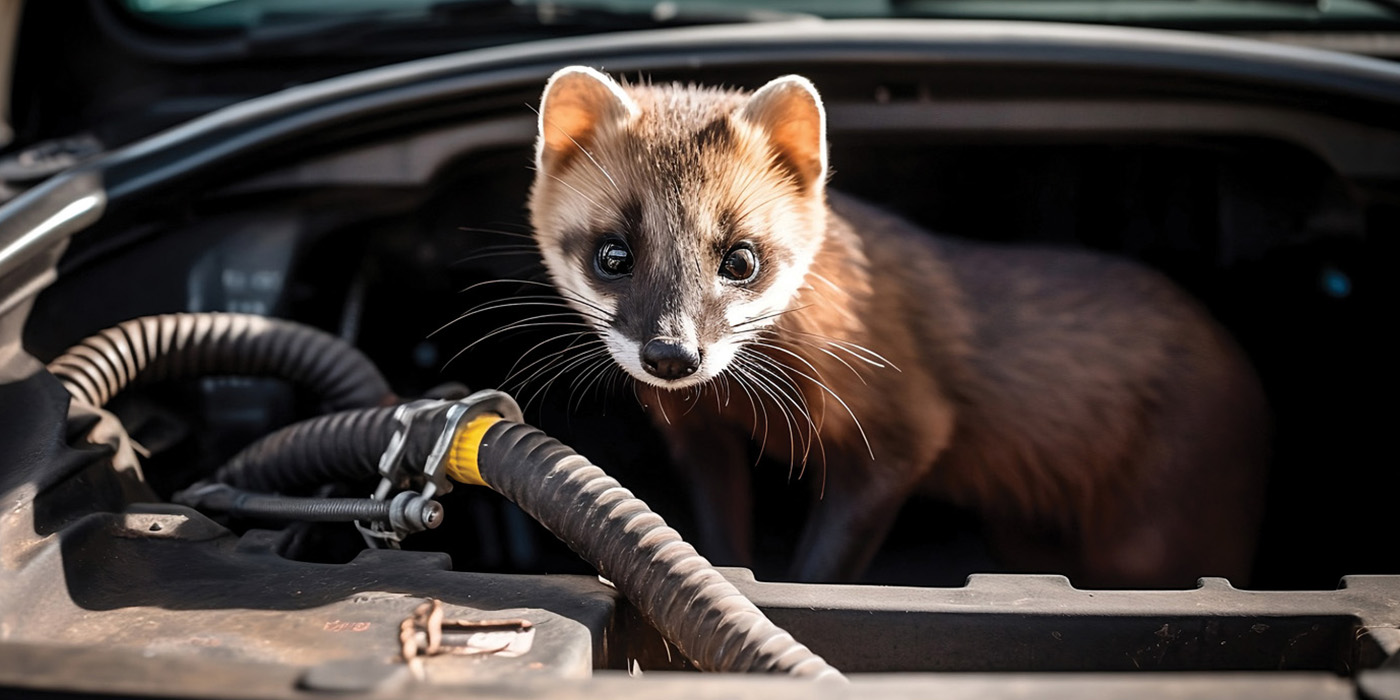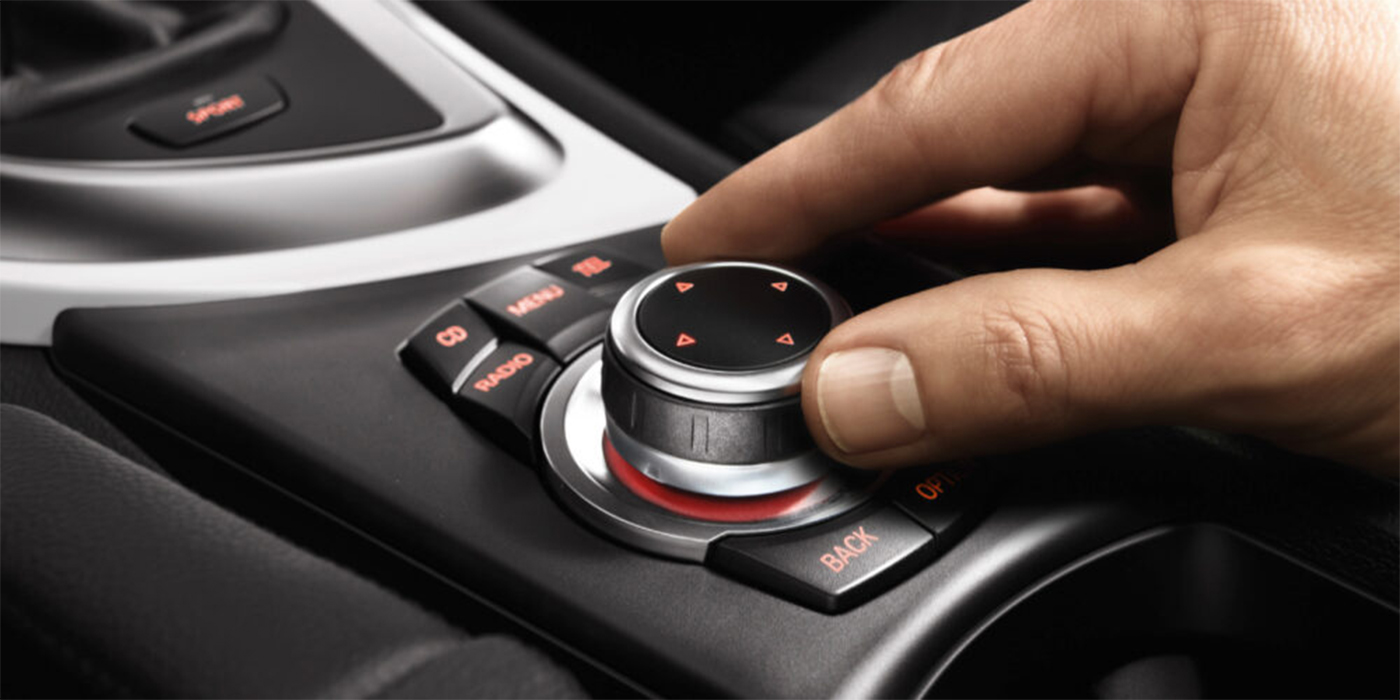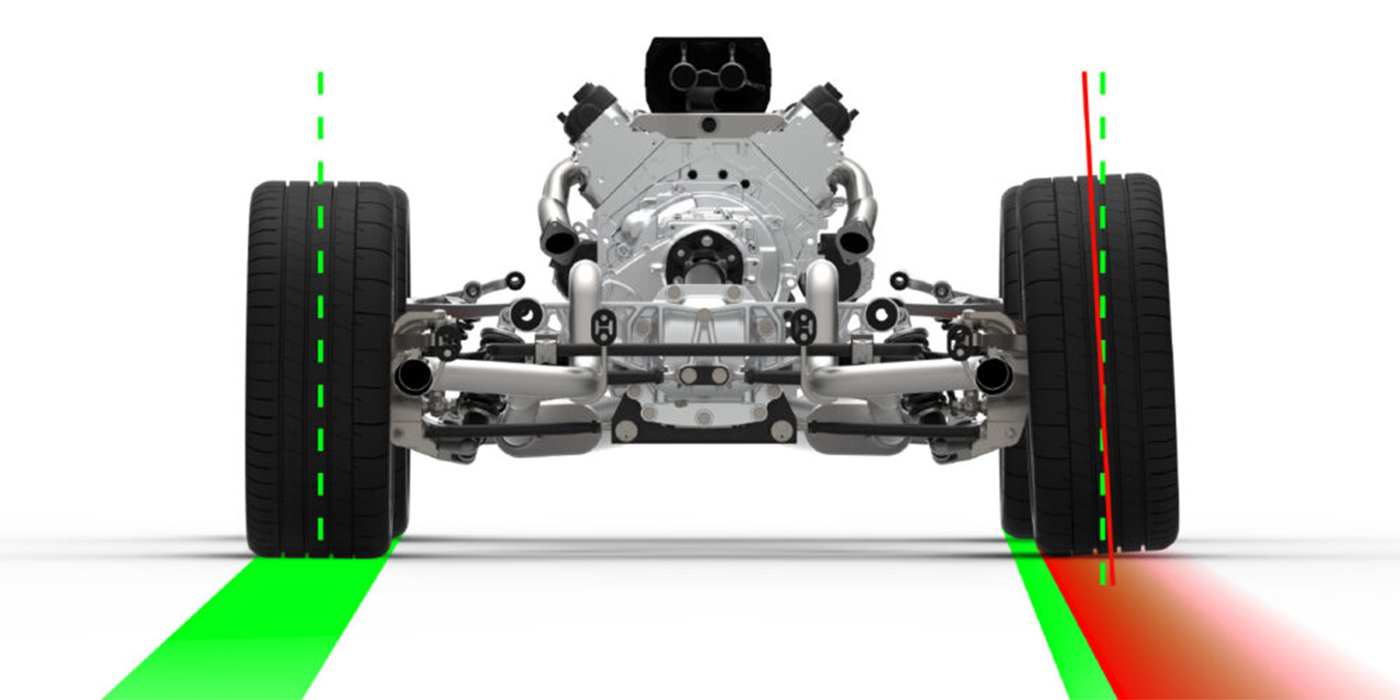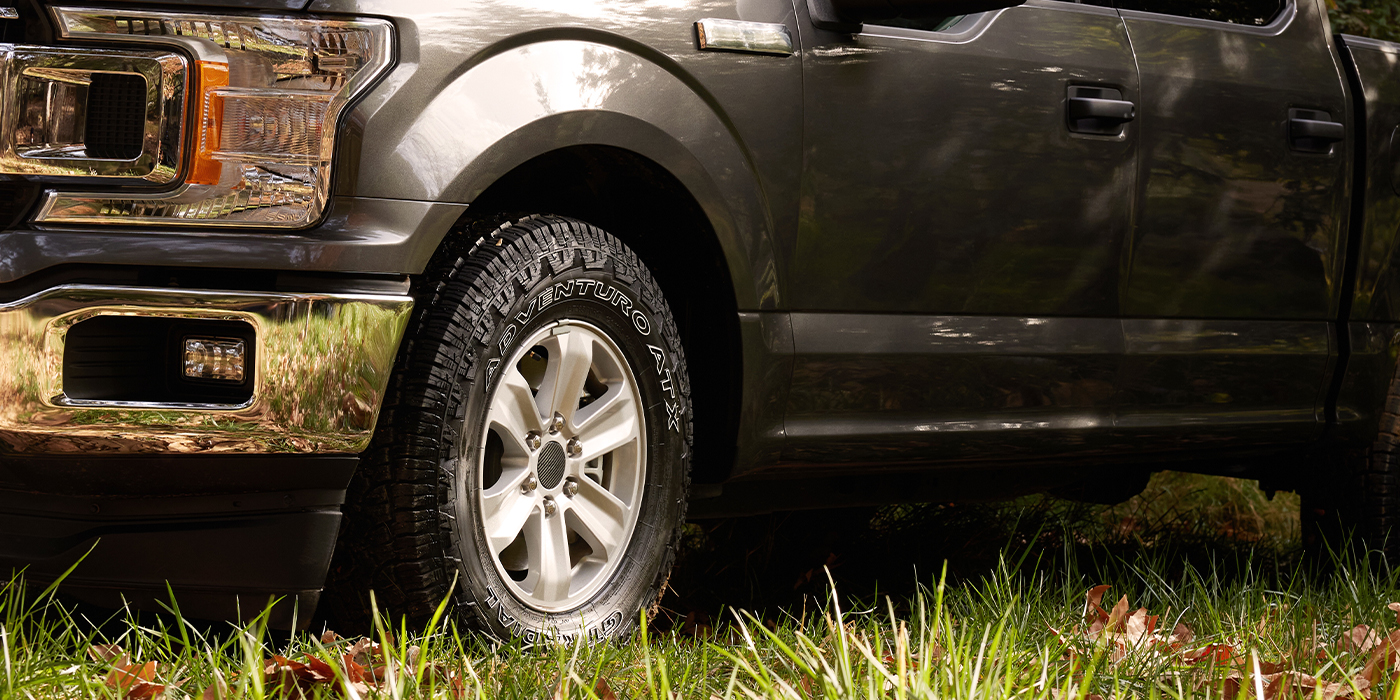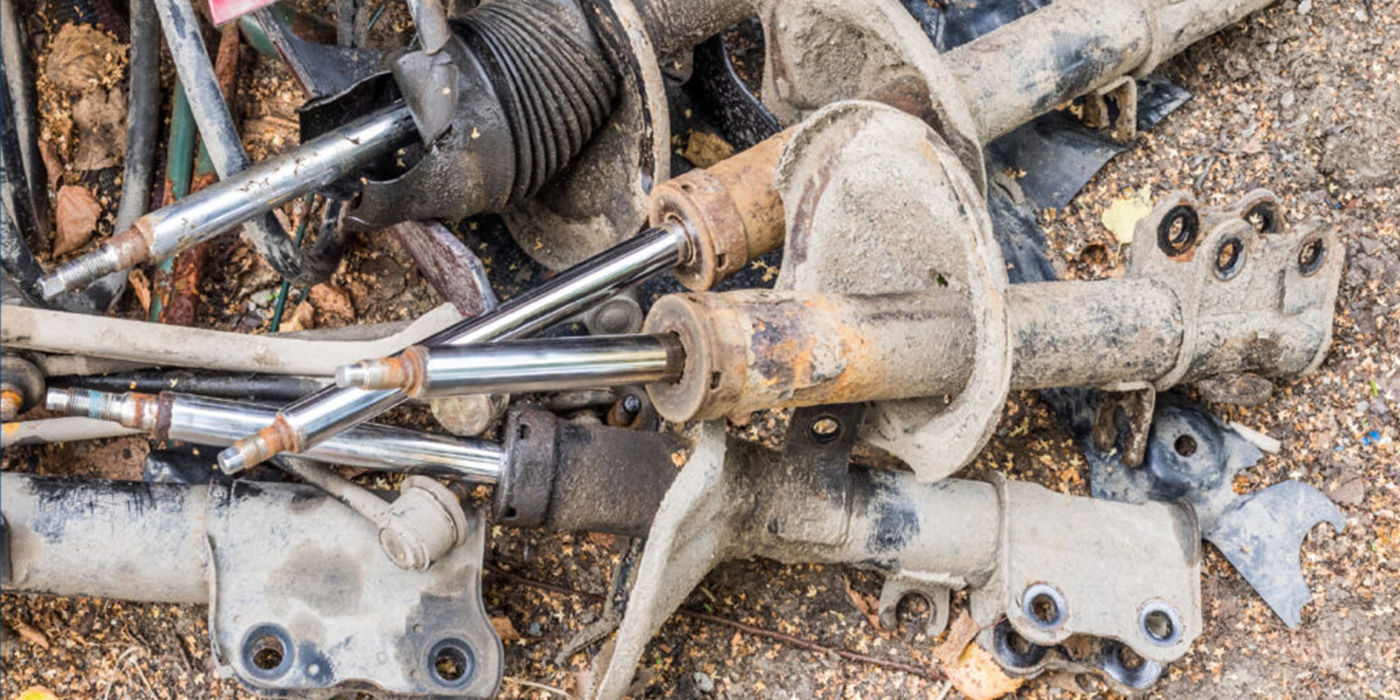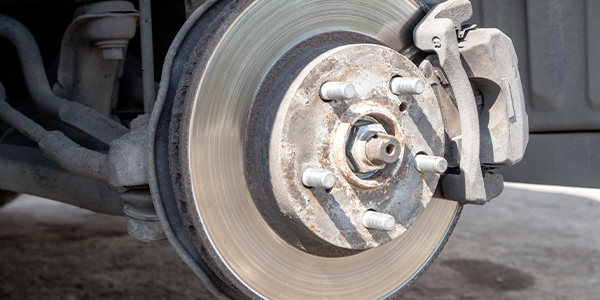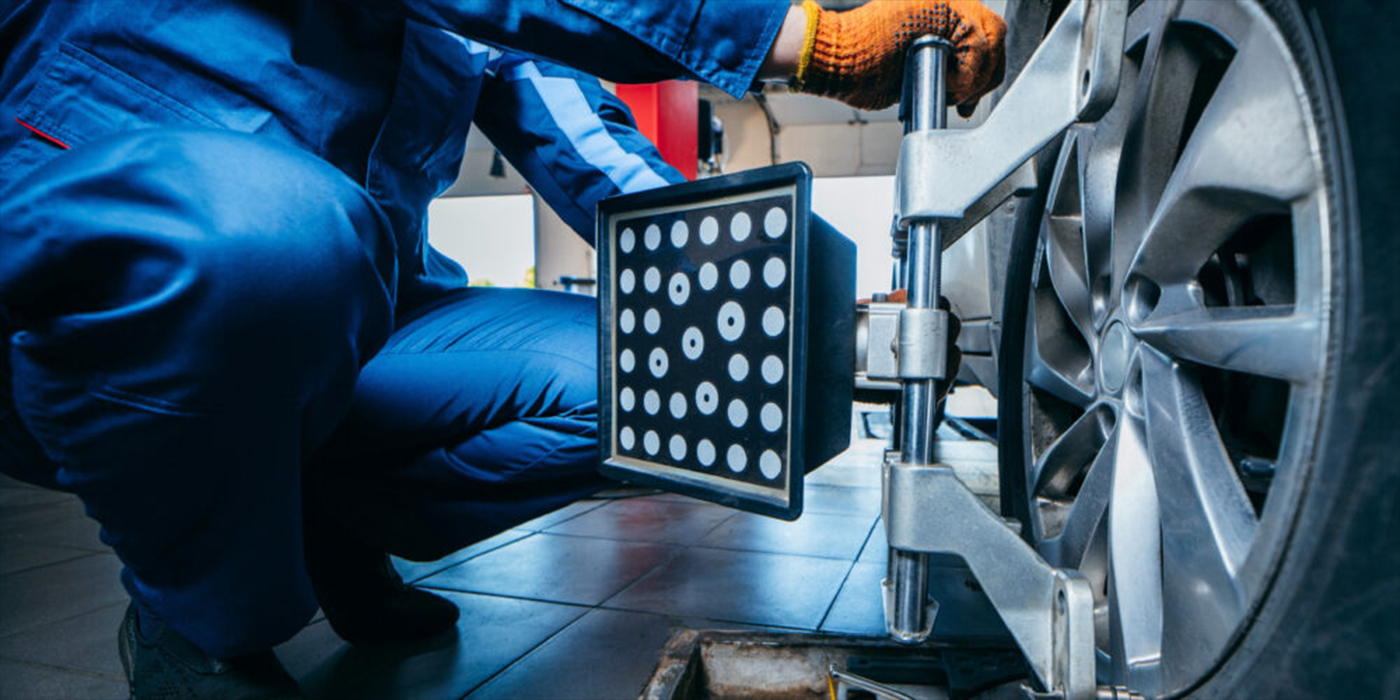Pick a parking lot, any parking lot, and you can tell what spaces get used the most by the number of oil spots. It’s easy to think of it as just a mess, but the unfortunate reality is it’s a bigger cause of pollution than meets the eye.
Who remembers the Exxon Valdez? It was huge news in 1989 as the damaged oil tanker spilled almost 11 million gallons of oil into the ocean. If that seems terrible, think of this: It’s estimated that in America alone, we contaminate our water supply with approximately 180 million gallons of oil every year, and it comes out of our cars!
When an engine is running, oil is everywhere inside. It splashes and runs all over the place, so just like a rainstorm will find a leak in your roof, if oil can find even the tiniest of holes, it will seep out. Aside from the environmental affects, it tends to coat the outside of the engine and the engine compartment, making it difficult to pinpoint the source.
Most of the time, oil leaks aren’t discovered until there are drops in the driveway, or when a look under the hood discovers the problem – which means it’s already had plenty of time to make a mess. Professionally, they sometimes can be hard to find, but generally speaking, there are only a few common causes that make up the majority of the leaks “on the road.”
Starting From the Top
Valve-cover gaskets are one of the most common leaks. They’re on the top of an engine (the majority of the time), and when they leak, the oil runs down over everything. The big problem with this is if there’s another source of an oil leak, it will be hard to identify because it will be overrun by the oil from the cover gasket.
In addition, oil can be very damaging and when it comes from the top down, it gets on hoses, wiring and other components that can slowly degrade from continuous exposure. This leads me to another point.
Often, cleaning is the first step to finding a leak and to prevent it from damaging other components. Engine degreaser, cleaning brushes, shop towels and some form of oil-dry are excellent upsells.
Valve-cover gaskets also are a common culprit for causing hidden leaks. A vast majority of the vehicles on the road feature a combustion-chamber design that locates the spark plug in the center of the combustion chamber, meaning access is through the valve cover. This requires spark plug tube seals to prevent oil from getting into the plug well and on the plug-wire boots. Regardless of the type of ignition, the plug-wire boots will be damaged if oil gets on them.
If someone is replacing this style of valve-cover gasket, it’s a perfect time to sell plugs and wires while they’re in there, or if they’re doing plugs, why not sell a new cover-gasket set to prevent these leaks before they happen?
Pressurized Leaks
Most leaks are oil that simply finds a way out due to an aged gasket or seal, but some have a little extra help. Pressurized leaks (at least that’s what I call them) originate from a component that is directly connected to the oil-pressure circuit, such as an oil-pressure switch or the oil filter itself. Filters are easy to see, but switches, oil-galley plugs and filter flanges often are buried. An indication of a pressurized leak is one that starts to drip shortly after the engine is started and continues dripping at a consistent pace.
Common Mistakes
One of the most common service mistakes in general is not replacing the oil-pan drain-plug gasket during an oil change. Sure, you might get away with it once, but they’re designed to be replaced every time, and the telltale drop of oil that always hangs off the bottom of the drain plug is the giveaway. Who knows how many gallons a year this mistake alone could add up to!
When replacing the oil filter, it should be routine to clean the filter flange and make sure the old seal isn’t stuck to it. But many people still ignore the practice. A dirty flange will prevent a good seal, and if the old seal is stuck to it, you’ll be faced with a major leak.
Another common cause of leaks originates from using the incorrect gasket. There’s something to be said for quality, but there’s something to be said for the original design of a gasket too. Cork and cork-rubber gaskets are old news and old technology, but in many cases, they’re still the best for their application. This generally is a reference to vintage automobiles. The easiest way to know is to look up what the original style of gasket was.
If a cork variation was original, and the engine still features original components, then stick with cork. Many of these engines featured rough cast surfaces on which a cork gasket would conform. In some cases, a rubber replacement will work, but generally, many new rubber seals are designed to work with smooth, machined surfaces. I’ve seen the most advanced gaskets in the world leak like a sieve, only to have an original cork seal it up in an instant. If you stick with the OE style of gaskets, it’s an easy way to ensure success.
Shaft Seals
Shaft seals, referring to crankshaft, camshaft and/or intermediate shaft seals, are common leak sources when an engine starts to get some miles on it. These seals see a lot of abuse due to the fact that the shaft is continuously rotating inside it when the engine is running. A thin film of oil keeps the shaft from instantly gripping the lip of the seal and ripping it to shreds, and on most seals, a small spring on the inside keeps the lip tensioned against the shaft.
When these begin to leak, the oil has a tendency to get on the timing belt, if equipped, which can spell disaster. Often, the leaks can be seen originating from the area of the shaft, and if oil is present after removing the timing-belt cover, you can bet one or more is leaking. These seals can harden and leak with age, but lack of oil changes creates acidity in the oil that will damage them and shorten their life. This is yet another reason that regular oil changes are important.
Installation
Any gasket or seal is only as good as the installation. Many gaskets or seals are designed for low-torque applications, and some have very specific spots to apply a sealant. Following manufacturer instructions is the only way to do it. Too high or too low a torque can ruin the job, and “more is better” is not the slogan of any sealant company I know of. Since many gaskets call for small amounts of sealant, this also is another great upsell.
When it comes to shaft seals with a spring-tensioned lip, a common practice is to use a small amount of grease to hold the spring in place, preventing it from falling out during seal installation. A good engine assembly grease should be used for this, since it will dissolve in engine oil. Fixing oil leaks is good for business. You sell parts and service. But it’s even better for the world and future generations.


